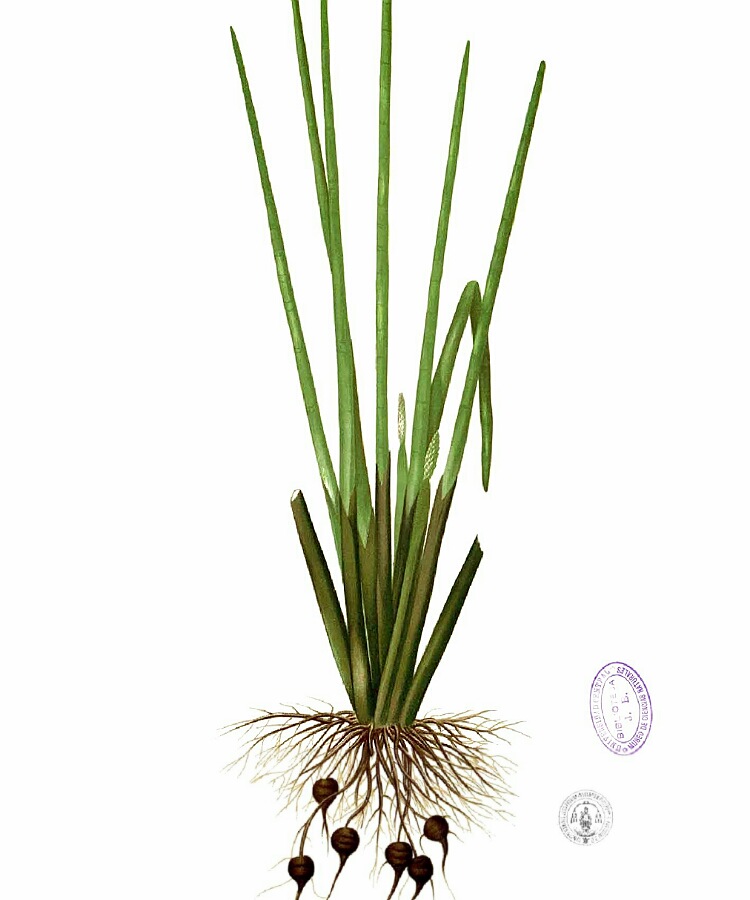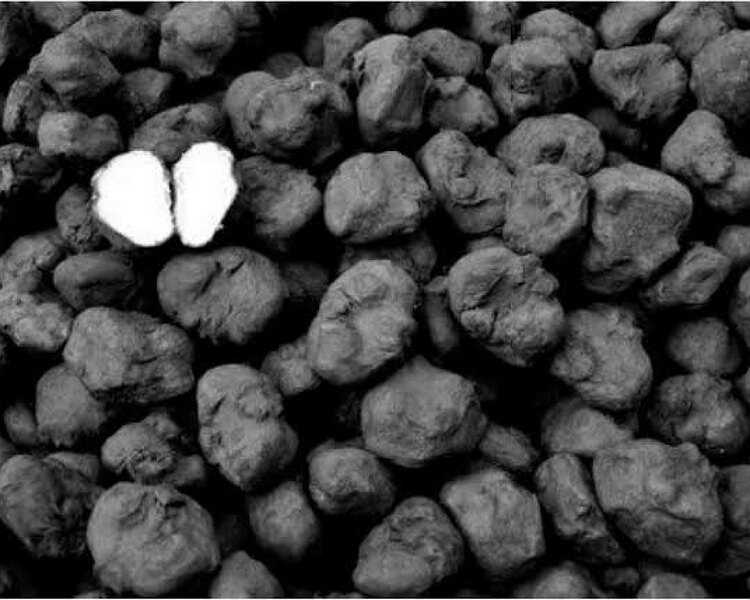Have you tasted water chestnuts? These are tuber vegetables going in water. They contain healthy nutrients and are great sources for various health benefits.
Water chestnuts
Water chestnuts are a type of root or tuber vegetables. Though their name has nuts in it, they are actually not nuts. They have a hard outer shell and hence the name. The other name for it is Buffalo nut. They grow in water of ponds, marshes, shallow lakes and paddy fields.

These plants are native in Far East, Southern China, Taiwan, Southeast Asia, Australia, Africa, and certain islands of the Pacific ocean. The growers harvest them when the bulb or corm gets a dark brownish color. The inner flesh is crunchy and white. It can be eaten raw or cooked into soups, salads, stir fries, curries, and chop suey.
Nutritional facts
How nutritious are these ‘nuts’? These chestnuts are healthy and delicious. They are low in calories. 100 grams of them provide 97 calories. Most of the energy and calories come from carbs. The carbs constitute 23.9 grams while the proteins are 2 grams in 100 grams. Fats are minimal at 0.1 grams per 100 grams. The dietary fiber content is 3 grams. This is around 12% of the daily fiber needs of female adult and 8% that of adult male.

Moreover, these chestnuts have a lot of manganese, copper, potassium, vitamin B6, and riboflavin. 74% of them is water. They are healthy due to their high antioxidants levels. These antioxidants reduce oxidative stress and mop up harmful free radicals. Thus they reduce the risk of chronic diseases and cancer in those who eat them on a regular basis.
Health benefits
The high fiber content of chestnuts protects the gut and promotes regular bowel movements. They also regulate the blood cholesterol levels and lessen it. The fiber also has a controlling action on blood sugar especially in diabetics. Gut health is of prime importance in the body. The fiber is a prebiotic that serves as a nourishment for the good bacteria in the gut. They flourish and boost immune function and reduce body inflammation and leaky gut syndrome.
The antioxidants protect the arteries and heart and prevent cardiovascular eventualities. They overcome the chances of cancer and type 2 diabetes mellitus. The main antioxidants in chestnuts are gallocatechin gallate, epicatechin gallate, ferulic acid, and catechin gallate. The ferulic acid gives the flesh the crunch feel and bite. This crunchiness is retained even after cooking.

The high potassium content of these chestnuts cause vasodilation and hence reduce the risk of high blood pressure. Heart attack and stroke risk comes down. The chestnuts make one feel full and also provide less amount of calories. Therefore, weight in the consumer is not increased and a person can remain fit and slim despite having them.
One can have this root vegetable raw or boil or fry or grill or pickle or candy them. This versatile vegetable tastes good in any of the above ways. Their taste is between an apple and coconut and mild. Some people use it as a flour alternative or thickener.